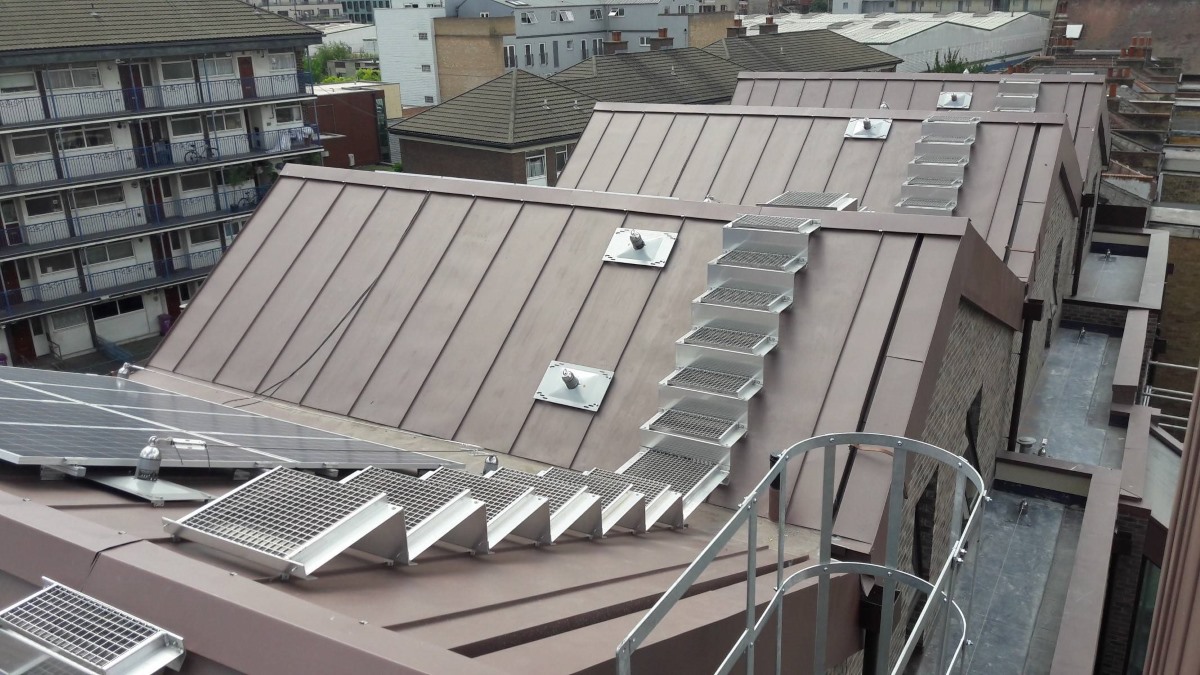

Articles
What Is A Roof Ladder Used For?
Modified: October 18, 2024
Discover the primary function of a roof ladder with this informative article. Gain insights and tips on using roof ladders effectively.
(Many of the links in this article redirect to a specific reviewed product. Your purchase of these products through affiliate links helps to generate commission for Storables.com, at no extra cost. Learn more)
Introduction
The roof is an essential part of any building, providing protection from the elements and ensuring the structural integrity of the property. However, gaining access to the roof for maintenance, repairs, or construction can be a challenging task. That’s where a roof ladder comes in – a versatile tool designed specifically to provide safe and secure access to rooftops.
In this article, we will explore the primary function of a roof ladder and how it plays a crucial role in various aspects of rooftop-related tasks. Whether it’s for safety, accessing hard-to-reach areas, conducting maintenance and repairs, or assisting with installation and construction, a roof ladder is an invaluable tool for professionals and homeowners alike.
Key Takeaways:
- A roof ladder’s primary function is to ensure safety by preventing falls and stabilizing the ladder, providing a secure and stable platform for individuals working at heights.
- A roof ladder facilitates access to rooftops, making maintenance, repairs, and construction projects more manageable by providing a safe and convenient means of reaching elevated areas.
Read more: How To Use Ladder On Roof
Safety
One of the primary functions of a roof ladder is to ensure the safety of individuals working on rooftops. Climbing and navigating a steep roof can be extremely hazardous, especially without proper equipment. A roof ladder provides stability and support, significantly reducing the risk of falls and accidents.
Preventing falls is a major concern when working at heights. A roof ladder typically features non-slip rungs or steps, ensuring a secure foothold during ascent and descent. Additionally, many roof ladders come equipped with safety hooks or brackets that securely anchor the ladder to the roof, preventing it from slipping or shifting while in use.
Stabilizing the ladder is crucial to minimize the risk of accidents. Roof ladders often incorporate features such as rubber grips or feet that securely grip the surface and prevent the ladder from sliding or tilting. Additionally, some roof ladders have adjustable legs that allow for leveling on uneven ground, enhancing stability and reducing the chance of the ladder toppling over.
Furthermore, certain roof ladders are designed with additional safety features, such as handrails or guardrails, that provide users with added support and protection while working at heights. These features further enhance the safety and stability of the ladder, ensuring a secure working environment on the roof.
Overall, the primary function of a roof ladder when it comes to safety is to prevent falls and stabilize the ladder. By providing a secure and stable means of access to the roof, a roof ladder is an essential tool for ensuring the well-being of individuals working at heights and minimizing the risk of accidents.
Access to Roof
A roof ladder plays a pivotal role in providing access to rooftops, enabling individuals to reach high places and navigate steep roofs with ease. Whether it’s for maintenance, repairs, or inspections, a roof ladder is essential for accessing areas that are otherwise challenging to reach.
Reaching high places is often necessary when working on roofs. From cleaning gutters to installing satellite dishes, there are numerous tasks that require individuals to access elevated areas. A roof ladder allows for safe and convenient access to these heights, providing a stable platform for individuals to work from.
Climbing steep roofs can be intimidating and dangerous without the proper equipment. A roof ladder is designed with features that facilitate climbing on steep inclines, ensuring the safety and stability of the individual. The ladder’s angled design, combined with the non-slip rungs, allows users to ascend and descend the roof confidently and securely.
Moreover, many roof ladders are lightweight and portable, making them easy to transport and maneuver. This portability is especially beneficial when accessing rooftops that are difficult to reach with larger ladders or scaffolding.
In addition to accessing specific areas of the roof, a roof ladder provides a stable platform for individuals to move around and perform tasks. Whether it’s repairing shingles, inspecting for damage, or installing skylights, a roof ladder ensures that workers have a secure and comfortable position from which to carry out their work.
In summary, a roof ladder is essential for gaining access to high places and climbing steep roofs. It provides a safe and stable means of reaching elevated areas, enabling individuals to perform various tasks efficiently and effectively.
The primary function of a roof ladder is to provide a safe and stable means of access to the roof for maintenance, repairs, and inspections. It should be securely attached to the roof and have non-slip rungs for safety.
Maintenance and Repairs
A roof ladder is a valuable tool for conducting maintenance and repairs on rooftops. It plays a crucial role in tasks such as inspecting the roof’s condition, clearing debris, and fixing various roof issues. Let’s explore how a roof ladder facilitates these key maintenance and repair activities.
Inspecting the roof’s condition is essential for identifying potential issues and ensuring the longevity of the roof. A roof ladder allows professionals and homeowners to safely access the roof surface, enabling them to closely examine the shingles, flashing, vents, and other components. This close inspection helps in identifying any signs of damage, leaks, or wear and tear, which can then be addressed promptly.
Clearing debris is another vital aspect of roof maintenance. Leaves, branches, and other debris can accumulate on the roof, leading to clogged gutters, water pooling, and potential damage. With a roof ladder, individuals can easily access the roof to remove debris, preventing these issues and maintaining the overall health and functionality of the roof system.
Furthermore, a roof ladder provides a stable platform for fixing various roof issues. Whether it’s replacing damaged shingles, repairing flashing, or sealing leaks, a roof ladder ensures that individuals have safe and secure access to the specific areas that require attention. This eliminates the need for precarious balancing or relying on makeshift alternatives, guaranteeing a more efficient and effective repair process.
In addition, some roof ladders are equipped with additional features such as tool holders or trays, providing a convenient and secure place to keep necessary tools and equipment. This saves time and effort by having all the required tools readily available while working on the roof.
In summary, a roof ladder is instrumental in conducting maintenance and repairs on rooftops. From inspecting the roof’s condition to clearing debris and fixing various roof issues, it provides the necessary access and stability, ensuring that maintenance tasks can be carried out effectively and with the utmost safety.
Installation and Construction
When it comes to installation and construction projects on rooftops, a roof ladder is an indispensable tool. It facilitates the smooth execution of tasks such as installing new roofs, repairing or replacing shingles, and installing gutters or skylights. Let’s delve into how a roof ladder assists with these crucial endeavors.
Installing a new roof requires access to the rooftop at various stages of the construction process. A roof ladder provides a secure and stable means of reaching the roof, enabling workers to transport materials, install underlayment, and lay down shingles or other roofing materials. The ladder allows for safe and convenient movement on the roof, ensuring that the installation process is carried out efficiently.
Repairing or replacing shingles is a common maintenance task which may require accessing specific sections of the roof. A roof ladder allows workers to navigate the roof easily and access the areas in need of repair or replacement. It provides a stable platform, ensuring that the work can be done effectively and safely, regardless of the slope or height of the roof.
Installing gutters or skylights involves working on the roof surface and requires careful and precise placement. A roof ladder provides the necessary access for workers to position and secure gutters or skylights properly. With the ladder’s stability and grip, individuals can work confidently and complete the installation with ease, ensuring a seamless integration of these components into the roof system.
In addition to accessing the roof, a roof ladder often incorporates features that are specifically designed to assist with installation and construction projects. These features may include tool holders, trays, or hooks that allow for the safe storage and organization of tools and materials. Such features enhance efficiency and convenience, enabling workers to have everything they need within arm’s reach.
In summary, a roof ladder is essential for installation and construction tasks on rooftops. Whether it’s installing new roofs, repairing or replacing shingles, or installing gutters or skylights, the ladder provides safe and stable access to the roof surface, ensuring that these projects can be completed efficiently and effectively.
Read more: How To Use A Ladder On A Sloped Roof
Conclusion
A roof ladder serves a critical role in various aspects of rooftop-related tasks. From ensuring safety to providing access for maintenance, repairs, and construction projects, a roof ladder is an essential tool for professionals and homeowners alike.
When it comes to safety, a roof ladder plays a paramount role in preventing falls and stabilizing the ladder. Its non-slip rungs, safety hooks or brackets, and stabilizing features greatly minimize the risk of accidents, providing individuals with a secure and stable platform when working at heights.
In terms of access, a roof ladder enables individuals to reach high places and navigate steep roofs effortlessly. Whether it’s for maintenance tasks or accessing elevated areas, the ladder ensures a safe and convenient means of reaching the desired location on the roof.
Maintenance and repairs are made more manageable with the use of a roof ladder. From inspecting the roof’s condition to clearing debris and fixing various issues, the ladder provides the necessary access and stability for efficient and effective tasks completion.
Regarding installation and construction, a roof ladder is invaluable. It facilitates the installation of new roofs, repairing or replacing shingles, and the installation of gutters or skylights. The ladder’s stability and features specifically designed for construction tasks enhance efficiency and convenience.
In conclusion, the primary function of a roof ladder is to ensure safety, provide access, and assist with maintenance, repairs, and construction projects on rooftops. By incorporating a roof ladder into these tasks, professionals and homeowners can work with confidence, efficiency, and ease, ultimately ensuring the well-being of individuals and the longevity of rooftops.
Frequently Asked Questions about What Is A Roof Ladder Used For?
Was this page helpful?
At Storables.com, we guarantee accurate and reliable information. Our content, validated by Expert Board Contributors, is crafted following stringent Editorial Policies. We're committed to providing you with well-researched, expert-backed insights for all your informational needs.
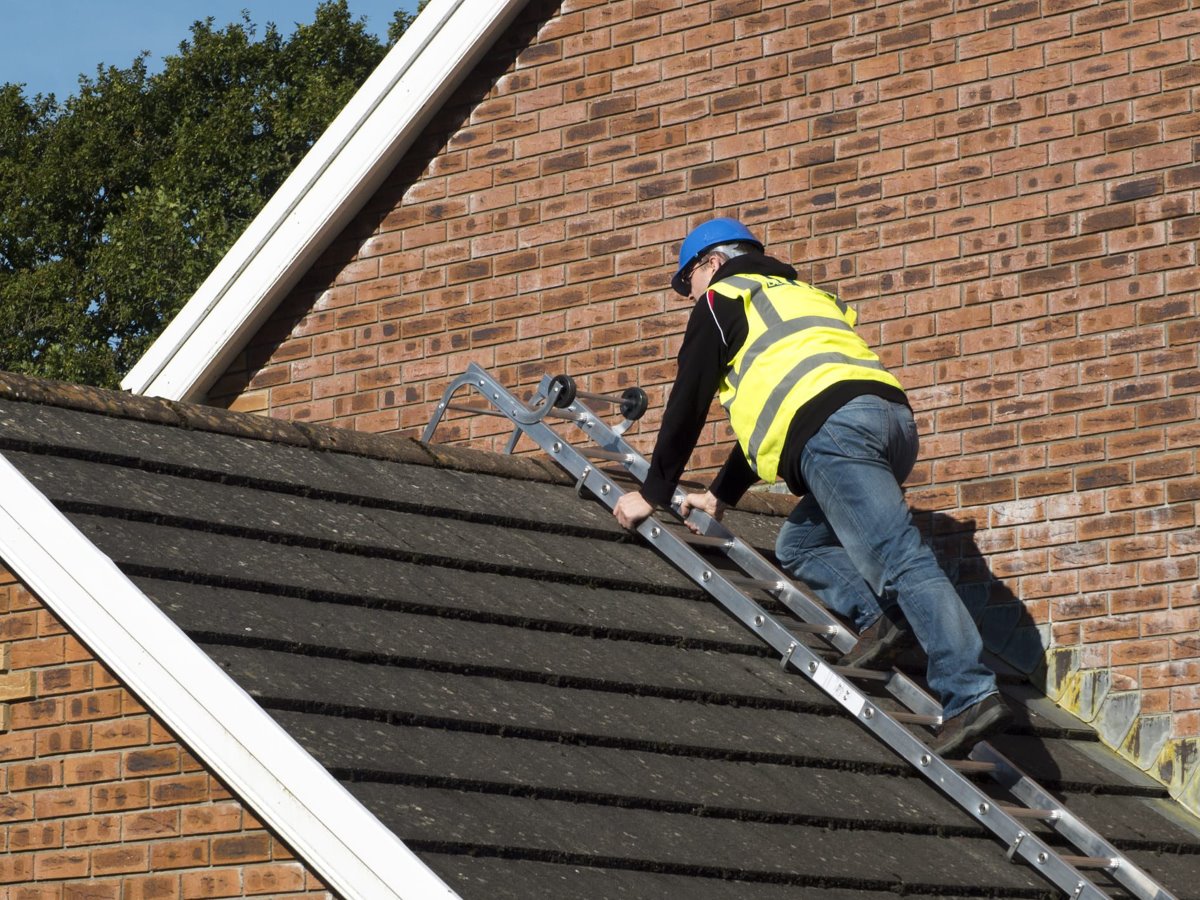
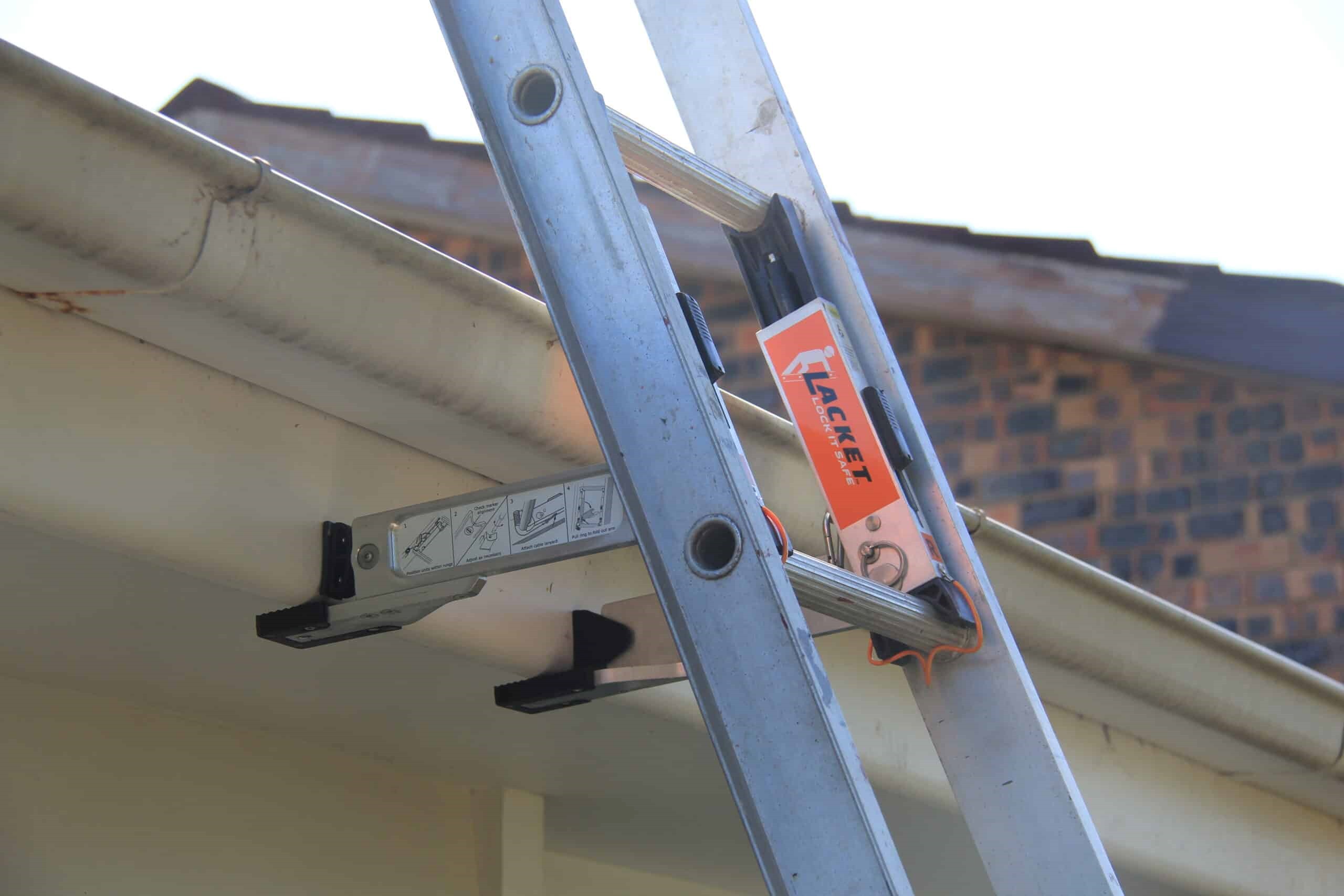
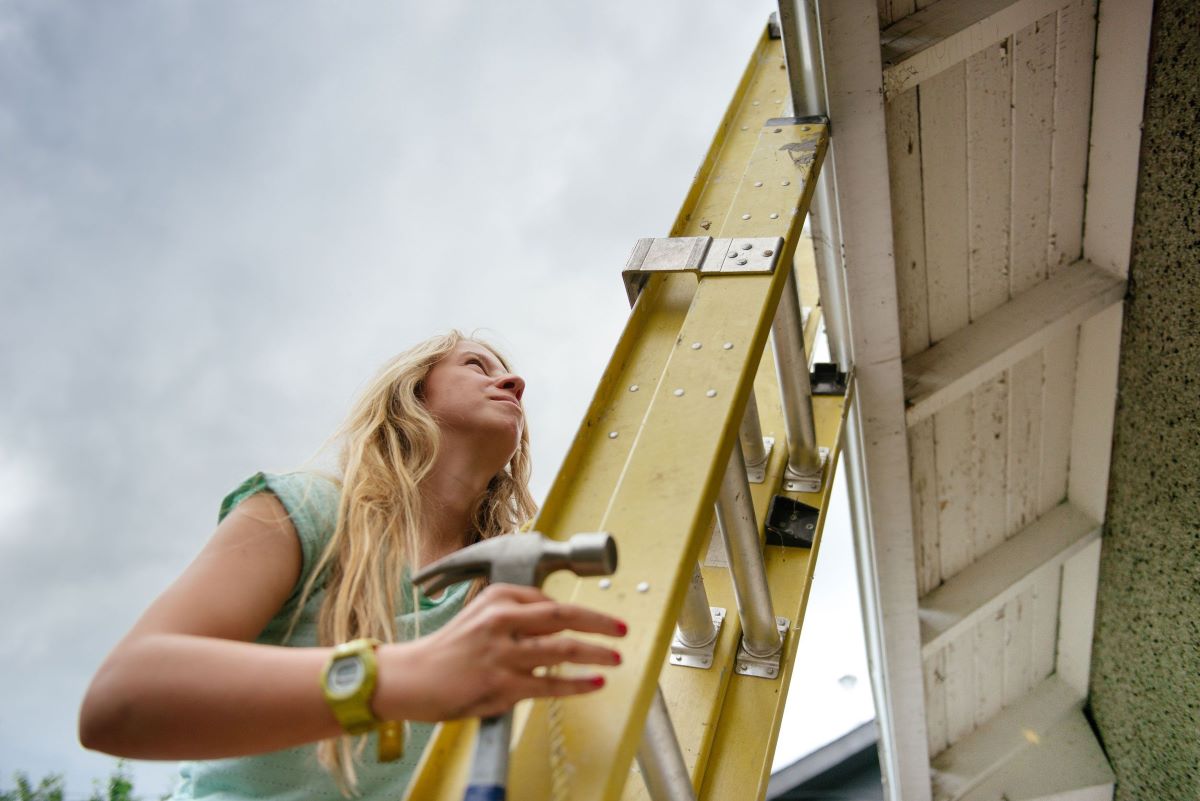
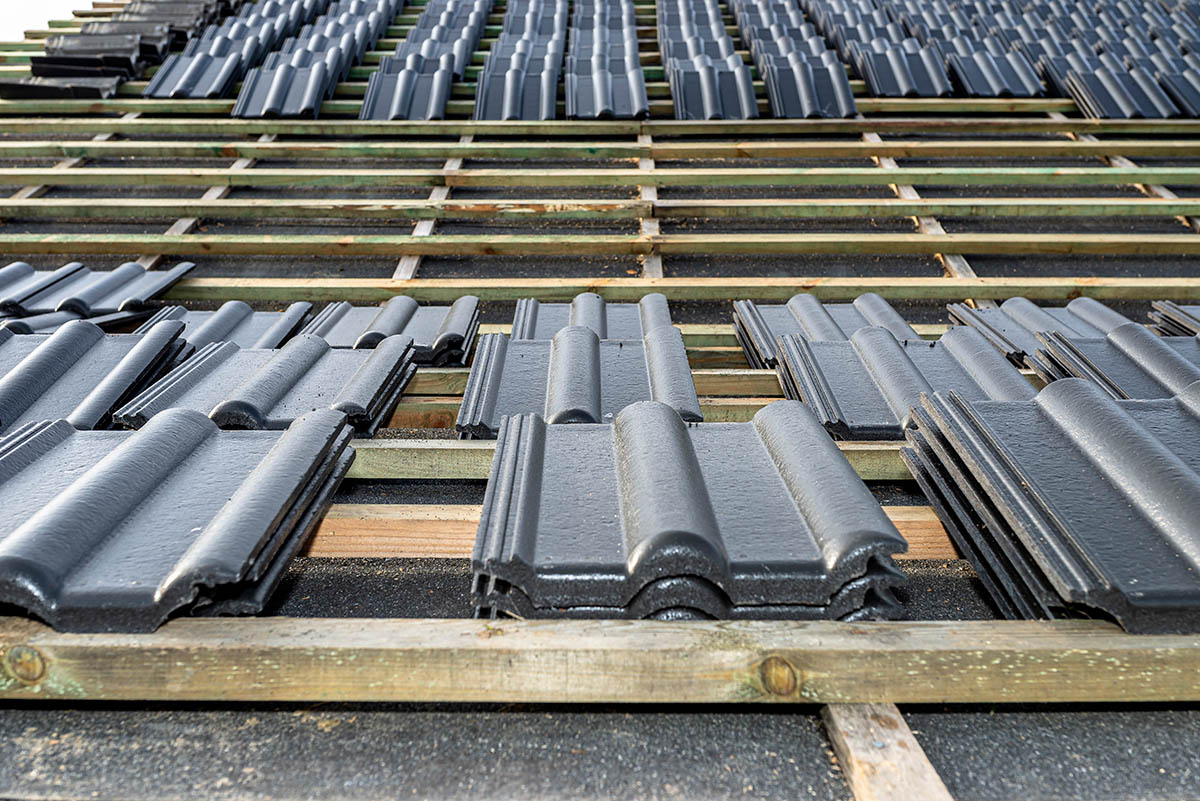
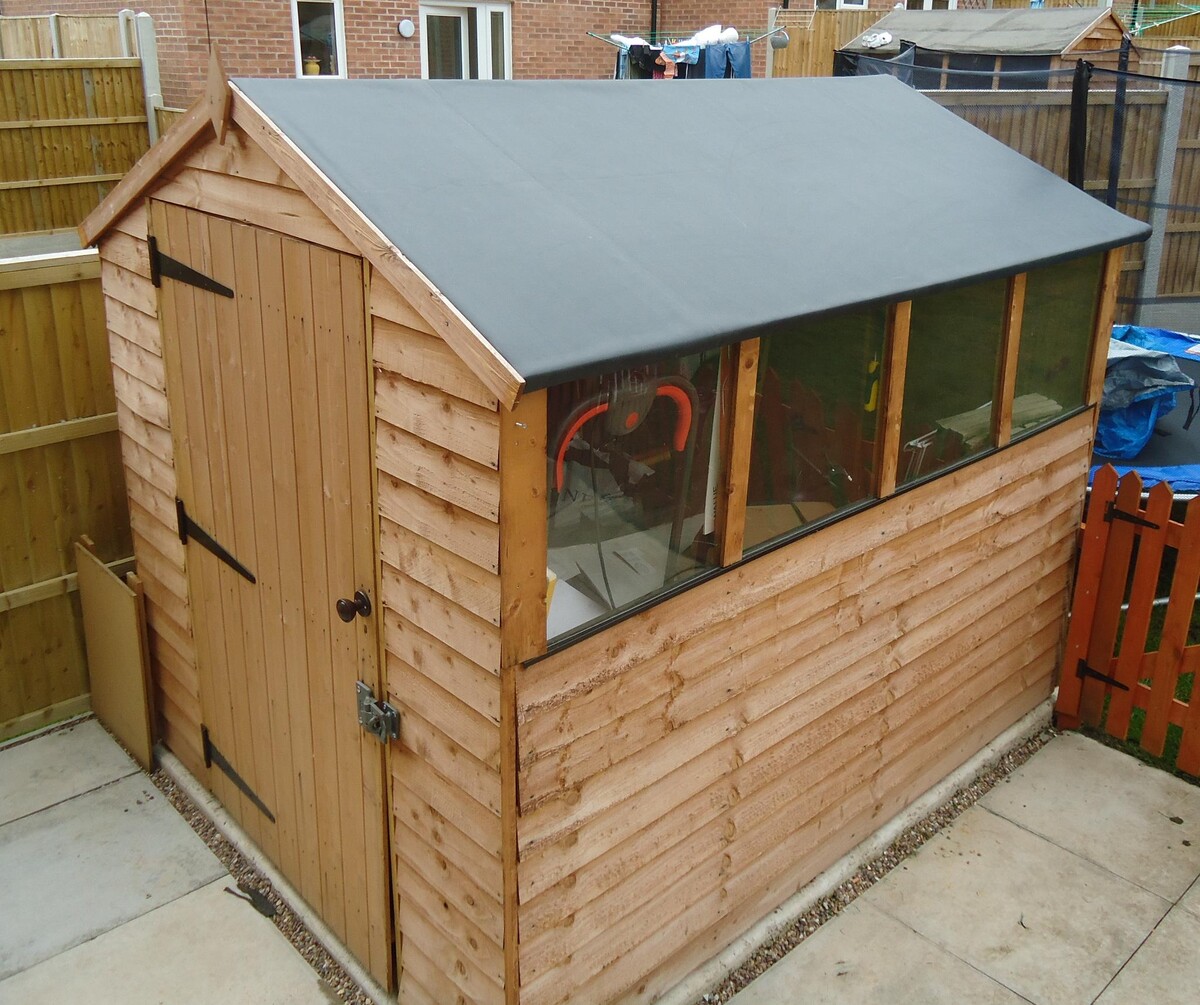
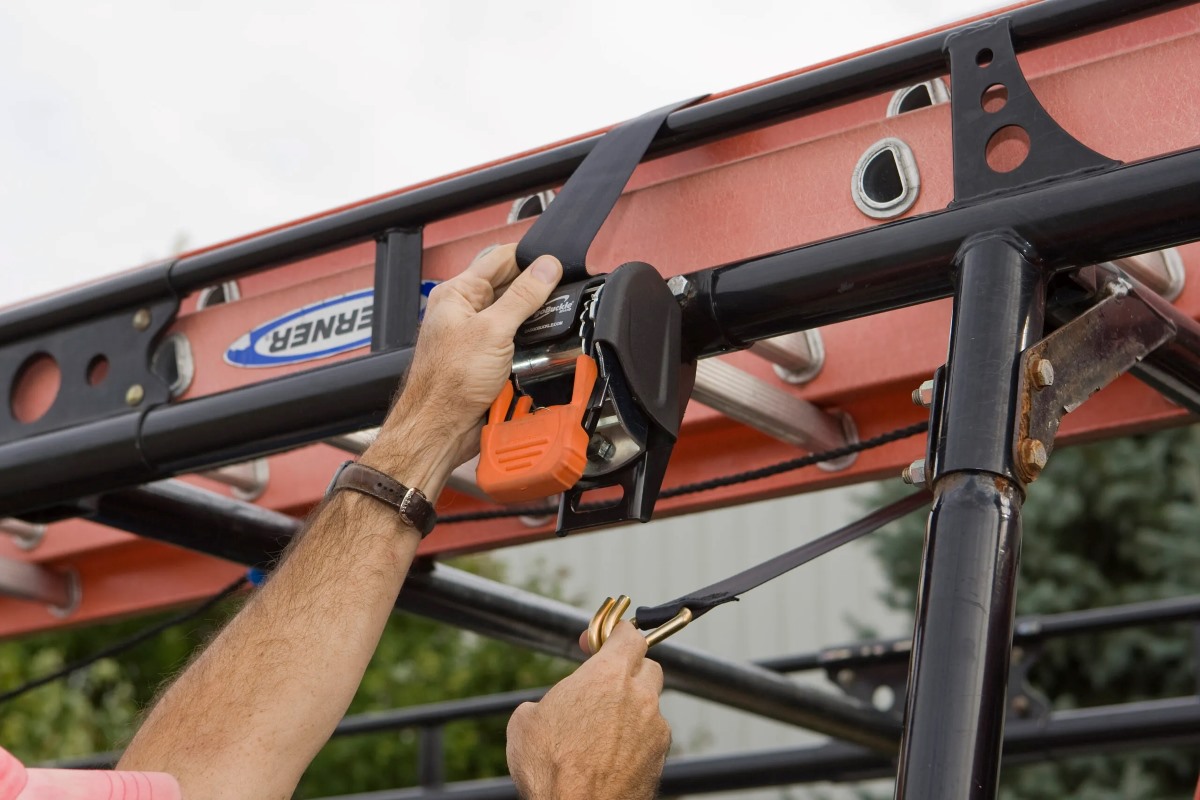
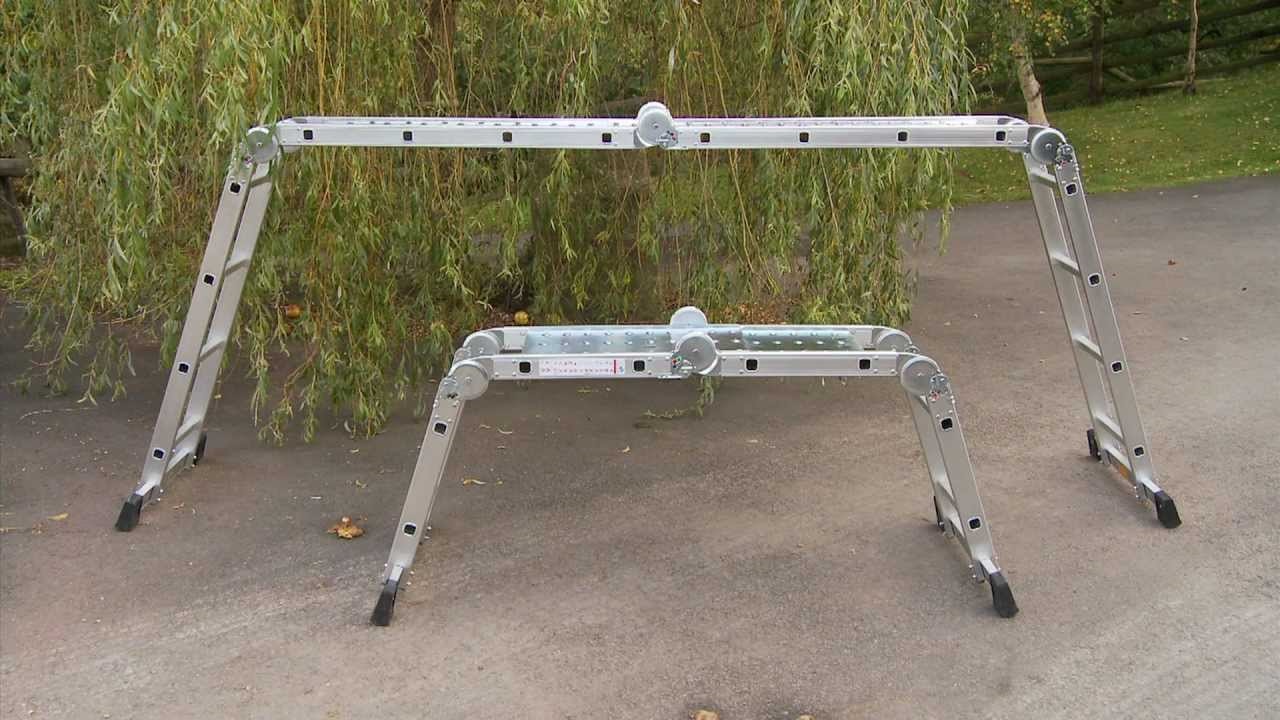
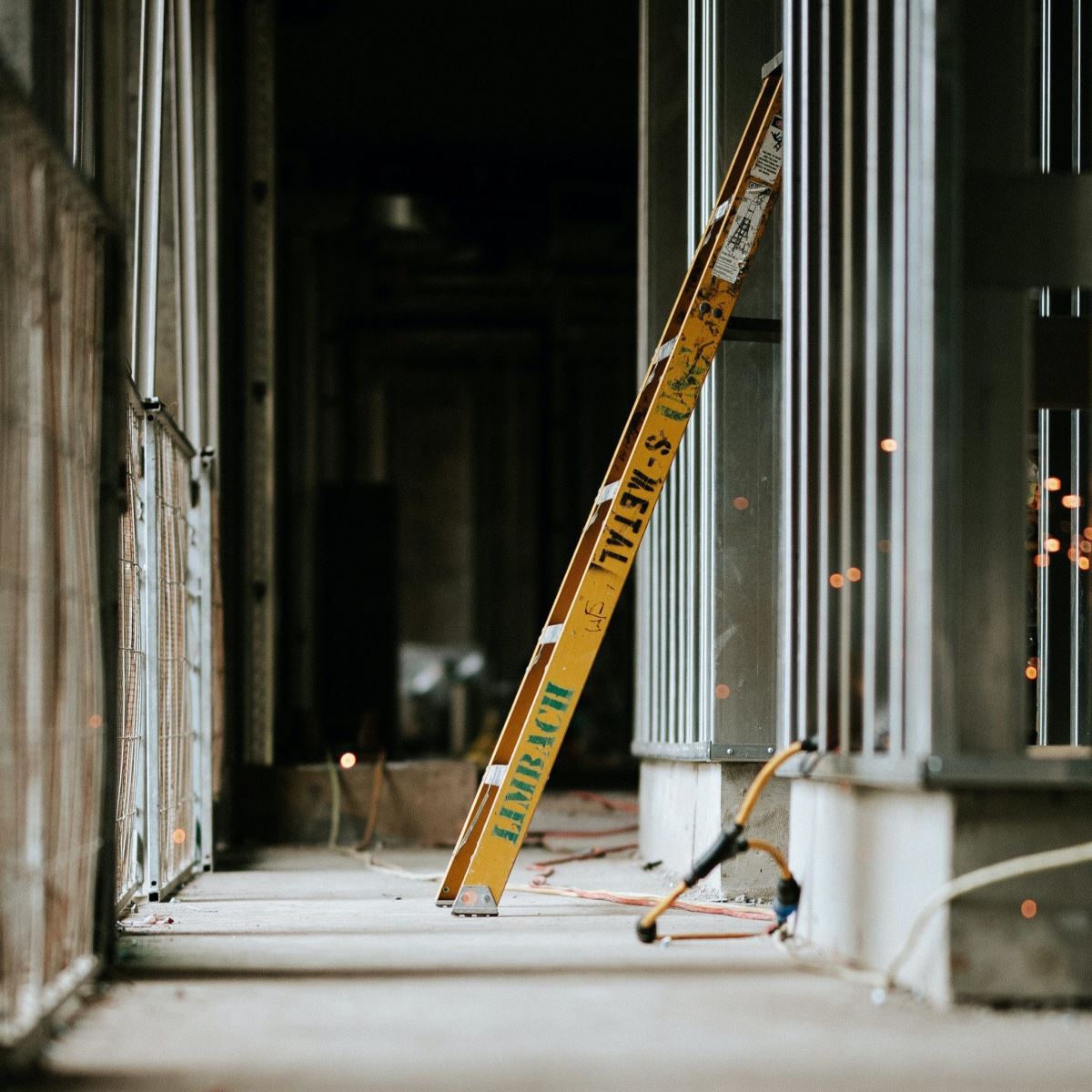
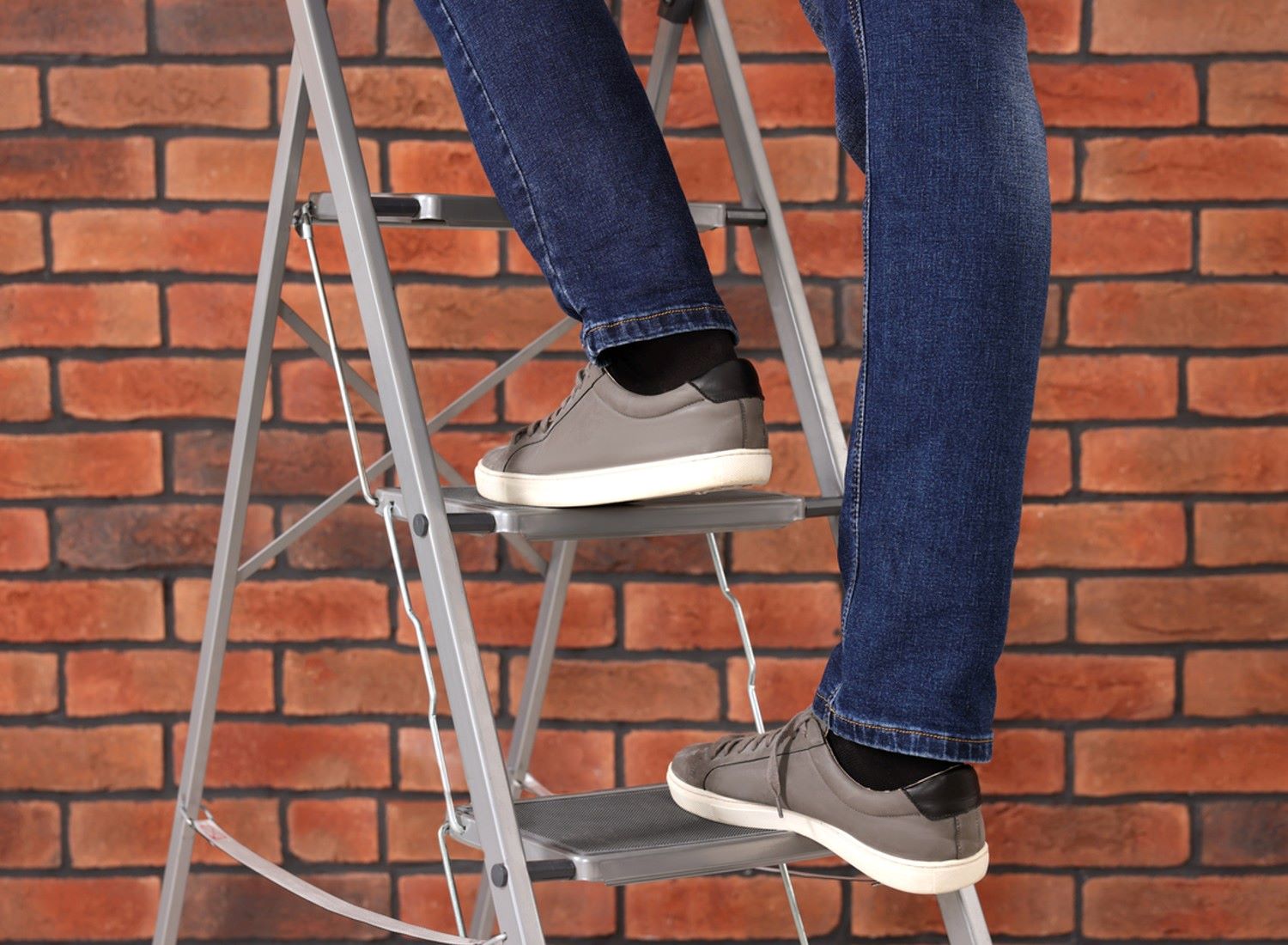
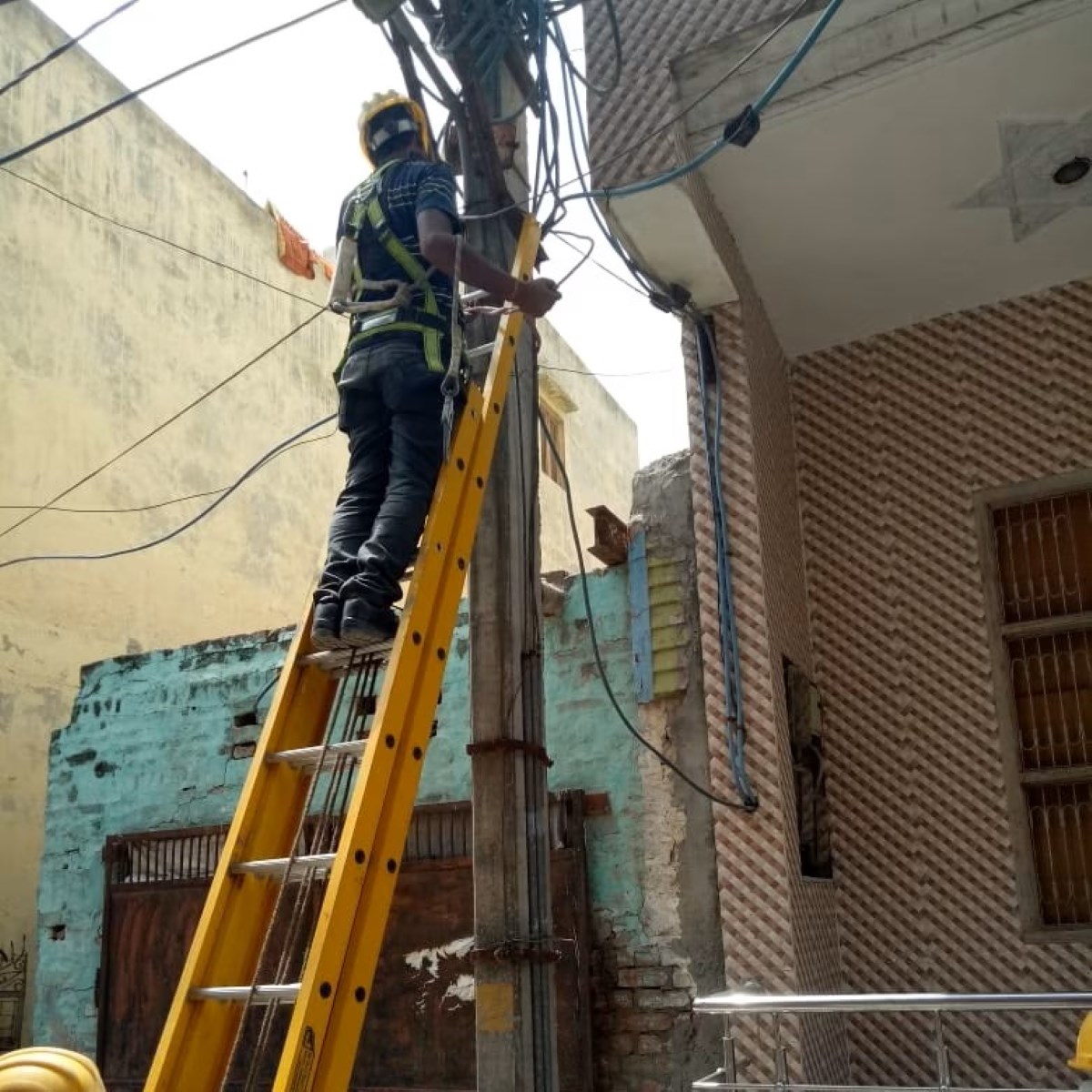
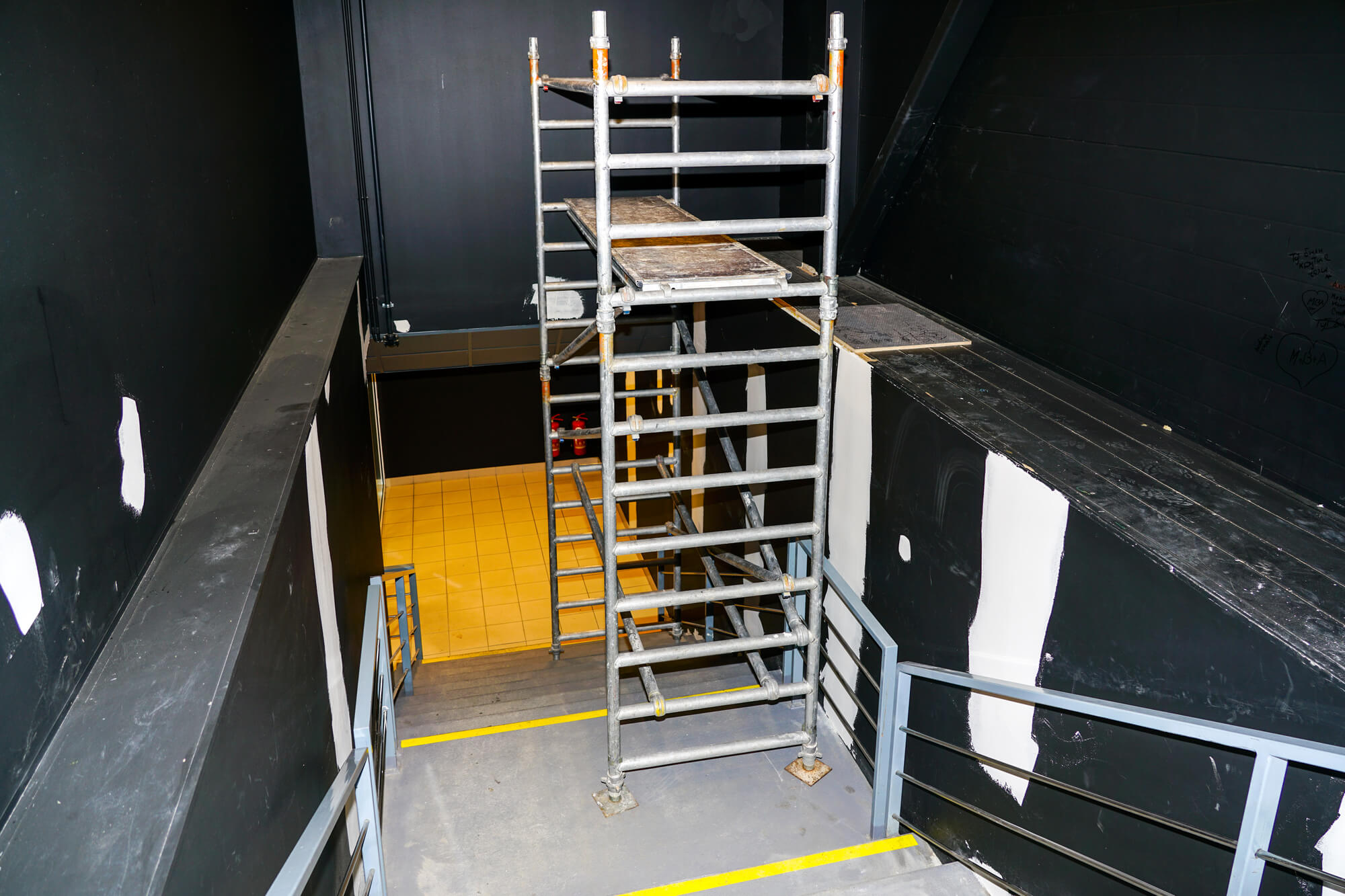

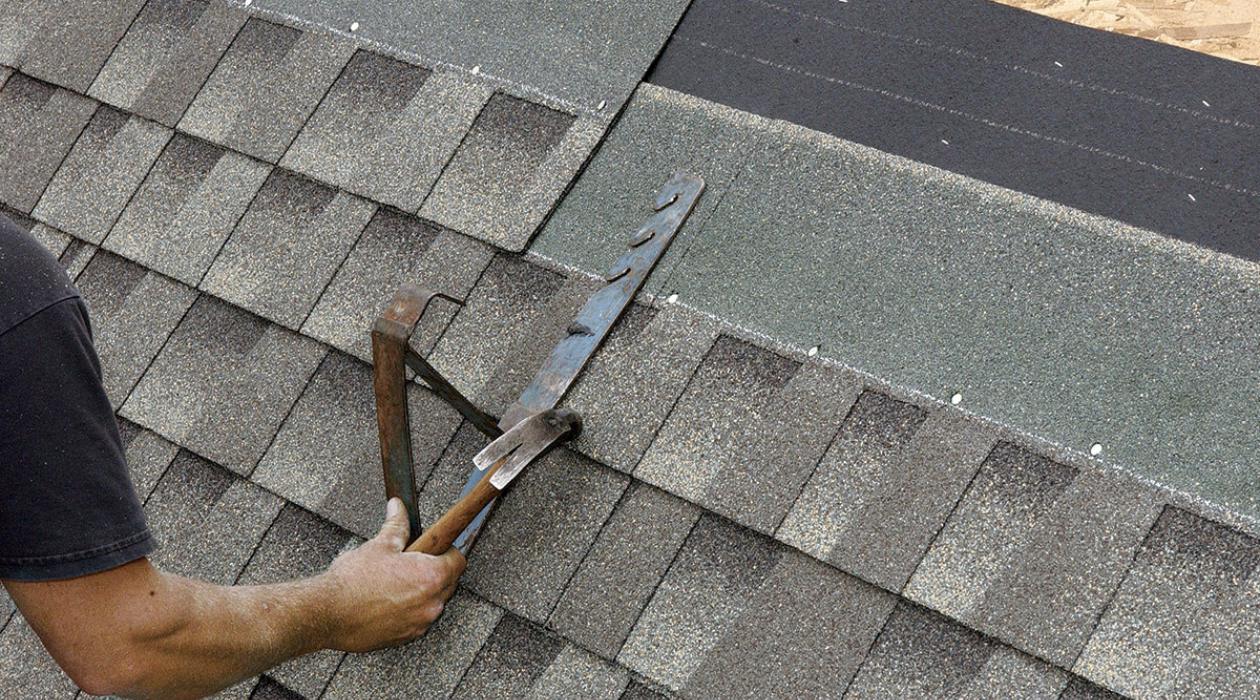


0 thoughts on “What Is A Roof Ladder Used For?”